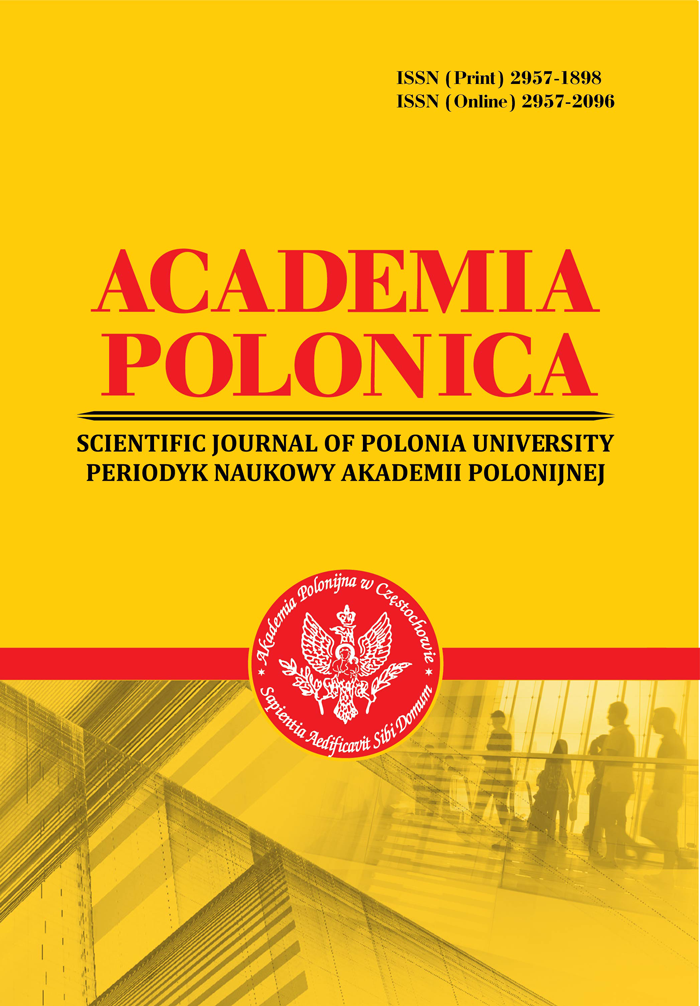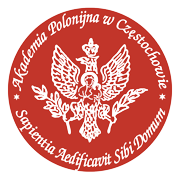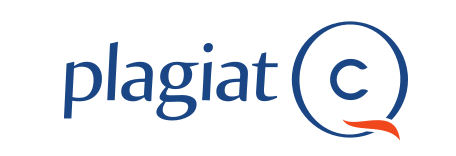THE USE OF VIDEO MODALITY IN BBC AND CNN TOP NEWS
Abstrakt
The article highlights the main peculiarities of the videos which are an integral part of the contemporary online news articles and offer a fertile ground for the exploration of meaning making processes. The majority of top news articles analyzed within the scope of this study make use of videos as their key structural component. News videos are designed to deliver information quickly and effectively in a short and engaging format. The main pragmatic functions of the video abstracts are to illustrate the events, to support evidence to the facts, to explain or interpret the data, to appeal emotionally, to persuade the audience, to encourage some actions, etc. From a compositional perspective the videos as texts are a combination of visual, audio and textual elements. The relations between different modalities within the videotext reveal the correspondences between the verbiage (words, phrases, sentences) and visual depictions of the information transmitted via video modality. The descriptive qualitative approach was employed to analyze the data presented hereby.
Wykaz bibliografii
2. Bateman J., Wildfeuer J., Hiippala T. (2017). Multimodality: Foundations, Research and Analysis – A problem-oriented Introduction. Berlin: Mouton de Gruyter.
3. Bednarek M., Caple H. (2017). The Discourse of News Values: How News Organizations Create Newsworthiness. Oxford:Oxford University Press.
4. Bell, Allan (1991) The Language of News Media. Oxford: Blackwell.
5. Busá, M. Grazia (2013). Introducing the Language of the News: A Student’s Guide. Routledge.
6. Cheema GS, Hakimov S, Müller-Budack E, Otto C, Bateman JA and Ewerth R (2023) Understanding image-text relations and news values for multimodal news analysis. Front. Artif. Intell. 6:1125533.doi: 10.3389/frai.2023.1125533
7. Cotter, Colleen (2010) News Talk: Investigating the Language of Journalism. Cambridge: Cambridge University Press.
8. Fowler, Roger (1991) Language in the News: Discourse and Ideology in the Press. London and New York: Routledge
9. Jewitt C. (2014). The Routledge Handbook of Multimodal Analysis. Abingdon, Oxon; Milton Park, Oxfordshire : Routledge.
10. Kress G., van Leeuwen T. (2020). Reading Images: The Grammar of Visual Design. – London: Routledge; 3rd edition.
11. Martinec R., & Salway A. (2005). A system for image-text relations in new (and old) media. Visual communication, (Vol. 4(3)), (pp. 337-71).
12. Montgomery, M. (2007). The discourse of broadcast news: a linguistic approach. Routledge.
13. O’Halloran, K.L., & Lim, F.V. (2014). Systemic functional multimodal discourse analysis. In S.Norris & C.D.Maier (Eds.), Interactions, images and texts: A reader in multimodality (pp. 137–154). Berlin: Mouton de Gruyter.
14. Richardson, John (2007). Analysing Newspapers: An Approach from Critical Discourse Analysis. Basingstoke and New York: Palgrave Macmillan.
15. Serafini,Frank (2024).The complex relationship of words and images in picture books. Journal of Visual Literacy, (43:3), (pp.233-249).
16. Stöckl, H., Caple, H., & Pflaeging, J. (Eds.). (2019). Shifts towards Image-centricity in Contemporary Multimodal Practices (1st ed.). Routledge. https://doi.org/10.4324/9780429487965
17. van Dijk, Teun (1988). News as Discourse. Hillsdale, NJ: Erlbaum
18. Wildfeuer J., Pflaeging J., Bateman J., Seizov O., Chiao-I Tseng. Multimodality. Disciplinary Thoughts and the Challenge of Diversity. – De Gruyter, 2020. – 332 p.
19. Yefymenko, V. (2024). Multimodal text-image synergy in representing interpersonal relations in picture books. Cognition. Communication. Discourse, (28), (pp. 102-109).
20. Yefymenko V. (2022). Multimodality and cross-modal cohesion in manga. Cognition, communication, discourse, (24), (pp.103-114).
Abstract views: 256 PDF Downloads: 75







